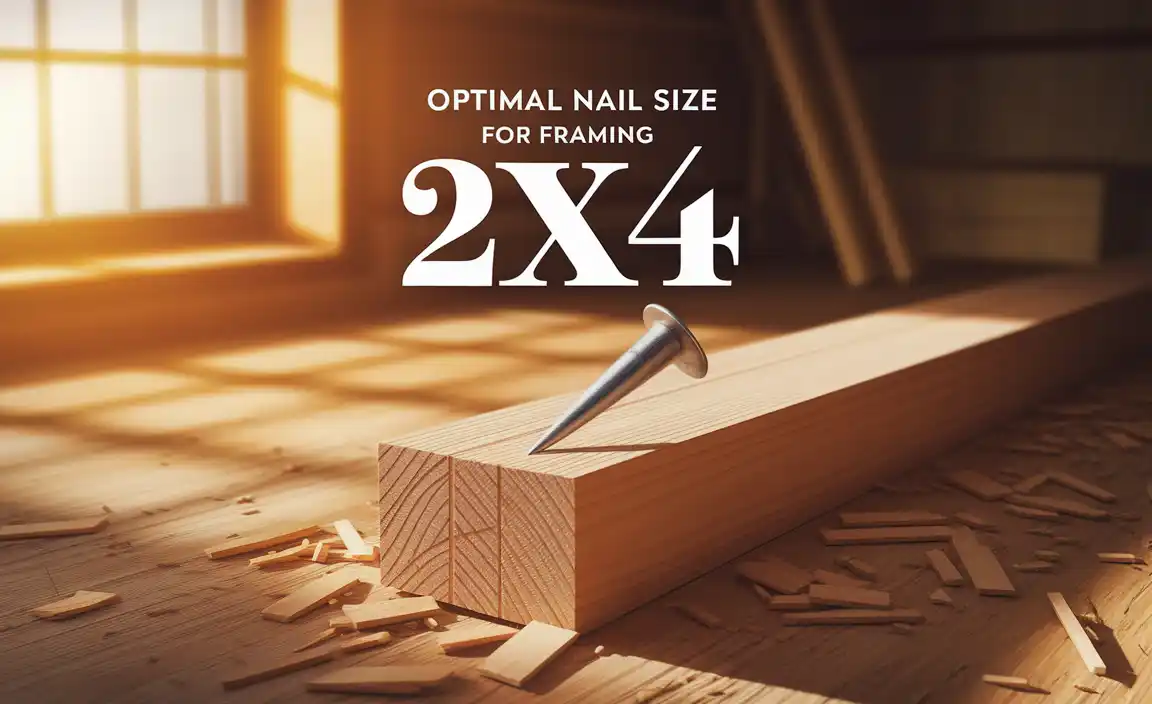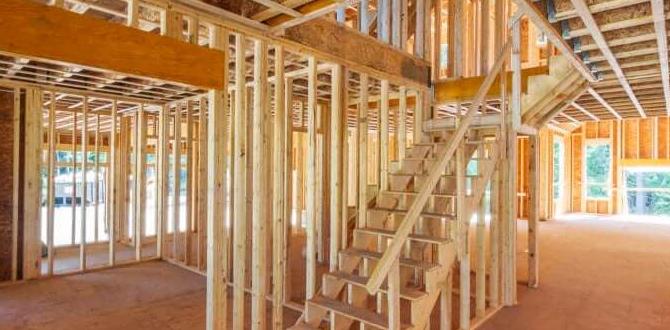Have you ever wondered how strong houses are built from 2x4s? The size of nails matters a lot! Choosing the right size nails for framing 2x4s can seem tricky. Imagine building a fort with your friends; you want it to be sturdy, right? Builders face these choices every day. Getting it wrong might turn a dream house into a wobbling nightmare. But why do these nail sizes change everything? Let’s dive in and find out what magic holds those wooden beams together so perfectly. You’ll soon see, it’s all in the nails!







